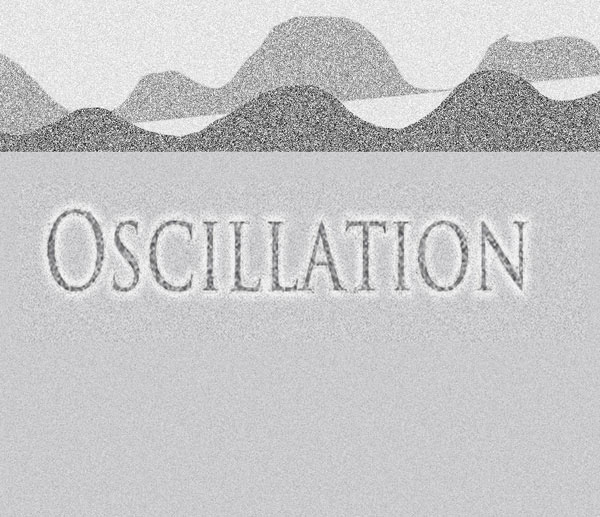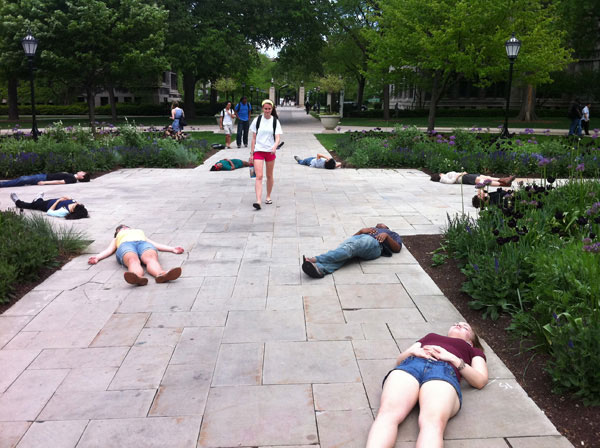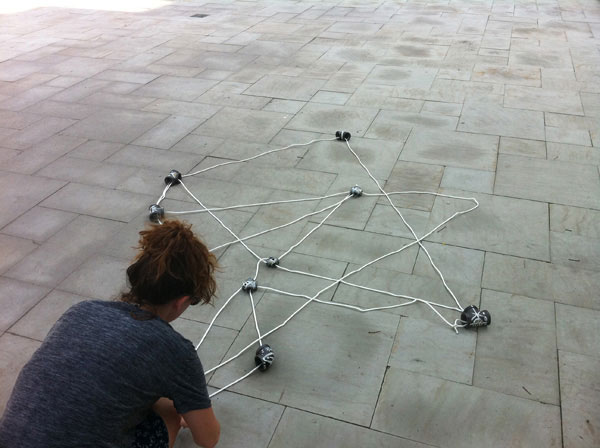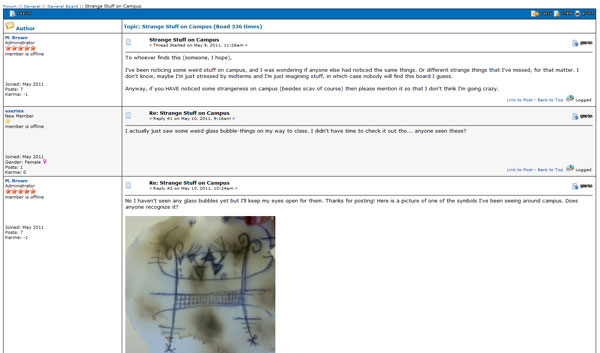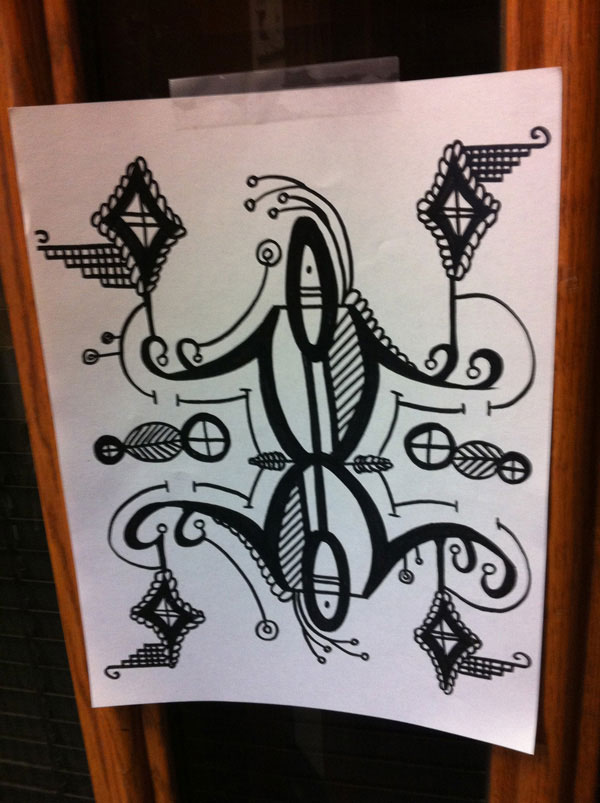Oscillation
alternate reality game
2011
Directed with: Ainsley Sutherland
Created with: Chelsea Bingiel, Moira Cassidy, Nicholas Cassleman, and Stan Portnov
Support: Chicago Festival of the Arts and the University of Chicago Uncommon Fund
Oscillation is the first alternate reality game that I created with a team of five students at the University of Chicago (all advanced undergraduates majoring in English, economics, computer science, interdisciplinary studies, and political science, respectively). The game unfolded over the course of five weeks, beginning in May 2011.
During the duration, we never announced Oscillation as a “game.” Players came to the experience through a series of “rabbit holes.” Two weeks before the game, the design team started to prime potential players by posting a mysterious visual icon around the Hyde Park neighborhood of Chicago in the form of paper flyers as well as mysterious appearances on a movie screen before the display of an unrelated feature film at the University of Chicago “doc films” society. The game began with three key rabbit holes. First, we scattered tape cassettes with an urgent recording across several University of Chicago quads. Second, we created a fake online survey that led to the first game puzzle and emailed it to numerous students. Finally, we posted a paper flyer around Hyde Park announcing a demo of a cutting-edge videogame that was happening at the university, along with a URL promoting this game. When attendees arrived at the appointed room on campus, they discovered that there was, in fact, no demo. Instead, they stumbled onto a different type of game. They entered a poorly lit room with buttons that contained secret codes, visible only once they were put under “black light” lamps. These codes, as players discovered, were pieces of a URL that led to the initial puzzle. The remainder of this game unfolded for both online and in physical space.
The core narrative drew heavily on the genres of apocalyptic literature and science fiction. It posited another world, parallel to our own, that had initiated a conversation with our world in order to prevent a cataclysmic disaster. Players encountered the story through media old and new, including paper flyers, sidewalk drawings, websites, Facebook pages, emails, a text-adventure game, chatbot interactions, logic puzzles, steganographic challenges, real-time Internet Relay Chat, cassette tapes, and a live performance.
A video trailer of Oscillation.
